Today I’ll be taking Amtrak’s Empire Builder service in a Roomette sleeper car. While this daily train makes a full Chicago to Seattle (or Portland) run, I’ll just be on board for the Chicago to St. Paul-Minneapolis portion. The full Chicago to Seattle trip takes over 46 hours, though my segment will take just shy of 8 hours, scheduled for a 3:05pm departure from Chicago Union Station and a 10:56pm arrival into St. Paul Union Depot.
First, a sidebar: Is train travel “worth it”?
Well, that depends on how you value time, money, experience, comfort, and a number of other personal, often intangible factors. No doubt, one of the largest challenges Amtrak faces with intercity and cross-country travel is the economics of time and fare. Let’s consider the time aspect first. I particularly like the way that Ray from CityNerd (one of the best cities and transportation content creators, I should add) frames the time economics of flying vs. driving vs. train travel. The graph below plots time with miles traveled, accounting for the time it takes to actually get on board and up to speed.
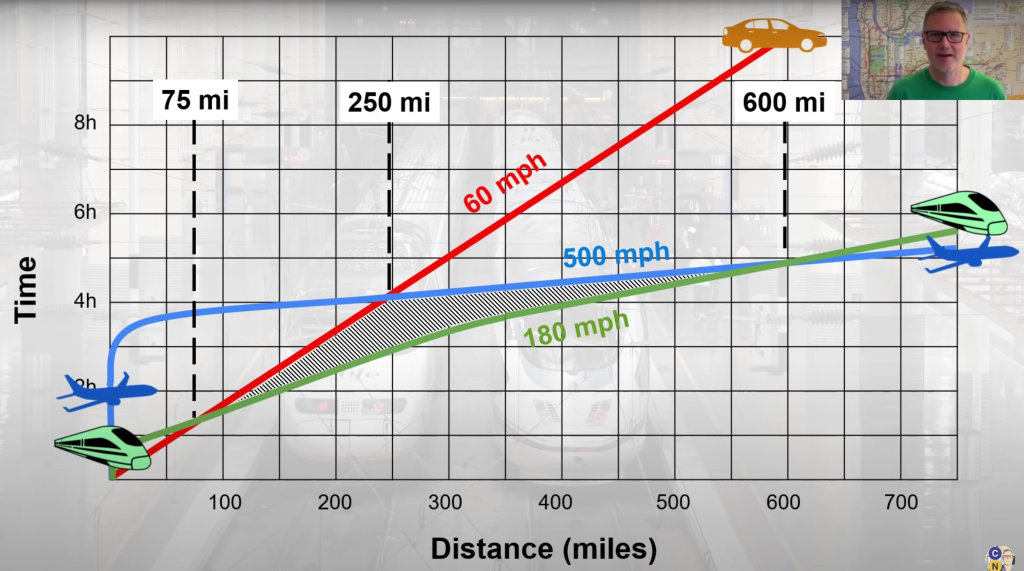
The shaded triangle in the middle is the zone of optimality, that is, the distance for which train travel would take the least amount of time, considering all factors. You’ll likely notice that this graph considers high speed rail – which Amtrak certainly is not. Increasing the slope of the line to account for Amtrak’s 79mph top speed results in a much smaller zone of optimality. Without getting too deep into calculations, Amtrak only makes “time sense” on short intercity services, such as the 86-mile Hiawatha from Chicago to Milwaukee. On some higher-speed routes, such as the Acela on the Northeast Corridor or the recently-110mph Lincoln Service, the time economics work out better. The bottom line? At current speeds, Amtrak is almost never a time-saver.
Let’s briefly talk price. As a baseline, a flight from Chicago to Minneapolis on my date of travel would have cost approximately $130, and driving would have cost approximately $60 in fuel and tolls, plus however much you value wear and tear on your vehicle. I originally booked this trip in coach at a cost of $81, but then upgraded to a Roomette for an additional $135, making my total cost $216.
So does Amtrak beat on price or time? No, but it doesn’t necessarily have to. While I – like most Amtrak riders – would love to see a world of high-frequency high-speed intercity rail, what we have right now isn’t that bad. Sure, it’s more expensive than driving, and slower than flying, but it still has a unique value proposition strong enough to consistently fill 90-100% of available capacity.
Pre-Departure
Sleeper car passengers are invited to await boarding in the Metropolitan Lounge in Chicago. This bright, recently renovated space is located just off of the main hall at Union Station, and features comfortable seating, wifi, complimentary snacks and drinks, and a cash bar.
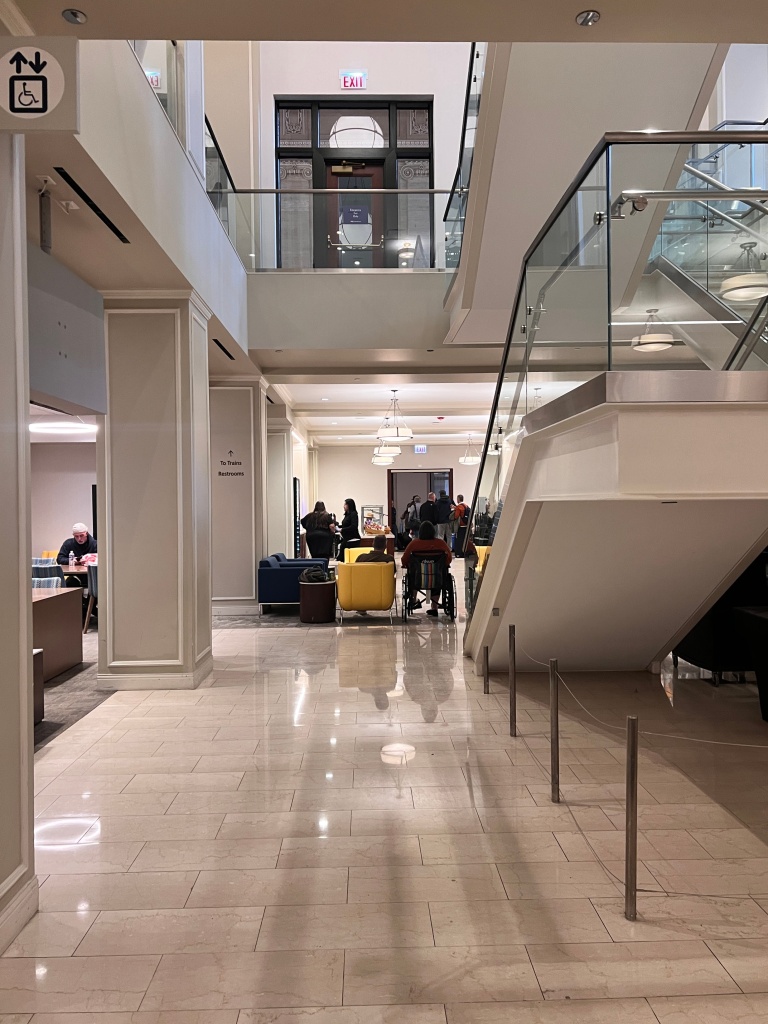
I arrived at the station approximately 45 minutes before my train was set to depart. After an extensive search for the lounge entrance, I was informed by the lounge staff that I would have just a couple of minutes before my train began boarding – and they weren’t kidding. With barely enough time to snap some pictures and shovel free snacks into my bag, the boarding call was made for trains 7 and 27 to Seattle and Portland. We were guided by Amtrak staff down to the platform to pre-board.
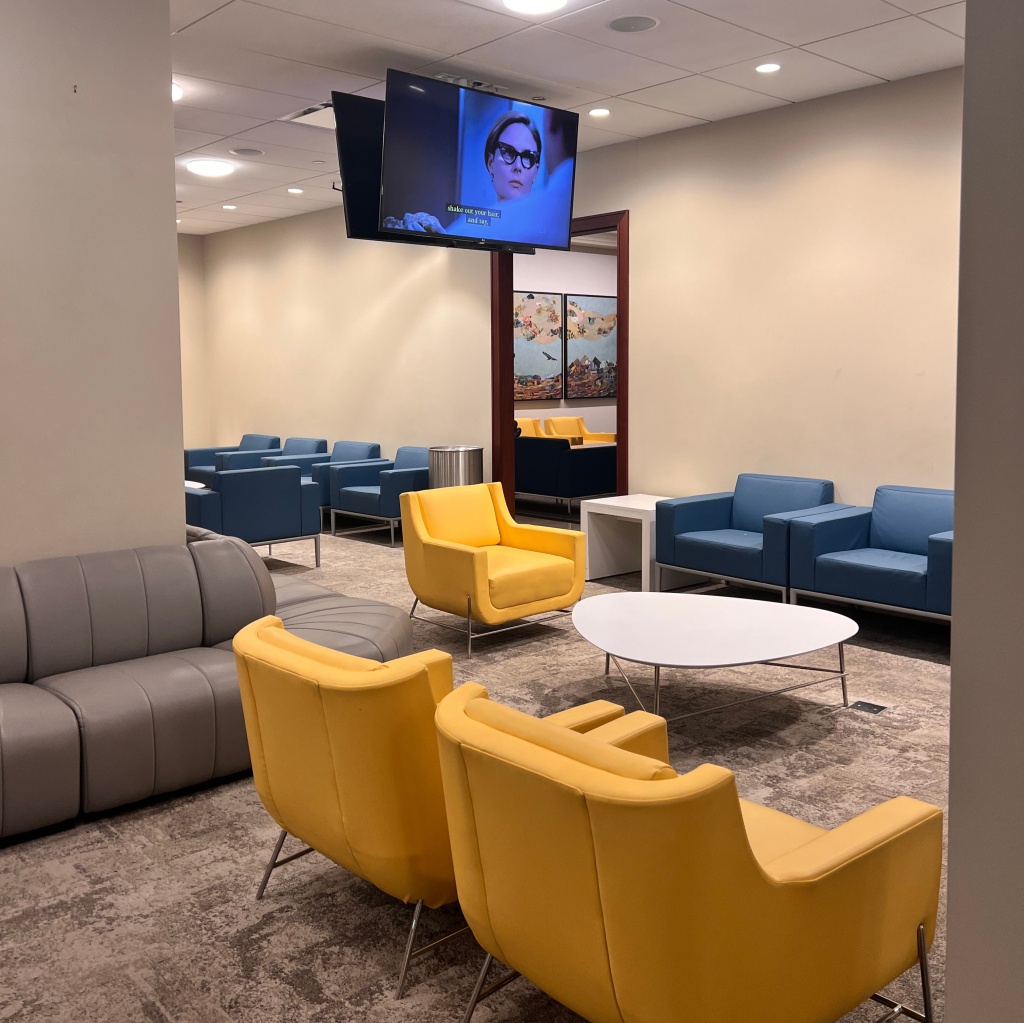
I have to say, despite the premium-feeling escort to the platform, the boarding process was still messy. There were three sleeping cars on our train set today, but one was located at the rear of the train and the other two were in the front. There was no clear signage indicating which car was which, so I ended up asking at every car whether I was in the right place.
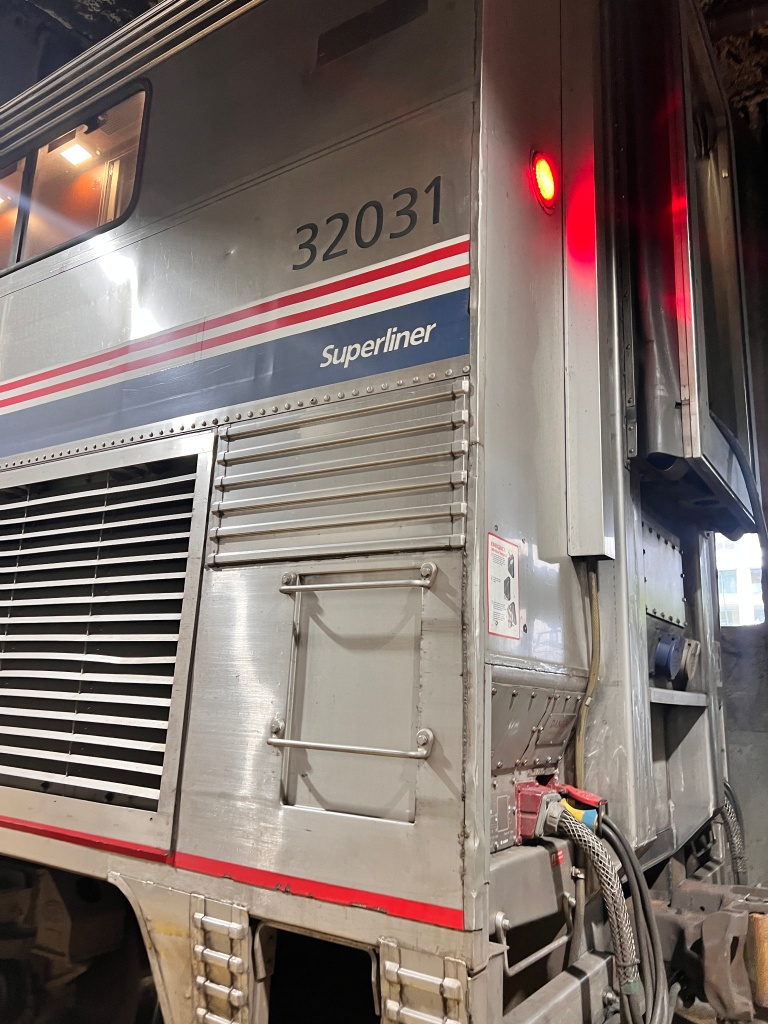
The Room
Amtrak offers three types of sleeper car accommodations:
- Roomette: smallest, lowest cost, advertised to sleep two, though that would be very tight – more on this later.
- Bedroom: twice the size of a roomette, includes a private bathroom with shower (also comes in an accessible variety)
- Family bedroom: the largest option, spans the width of the car, and can sleep two adults and two children.
Functionally, Amtrak classifies all of these rooms as “First Class” for the purpose of lounge and dining car access, as well as Guest Rewards points earning.
Since it was just myself on my journey today, a roomette was sufficient.
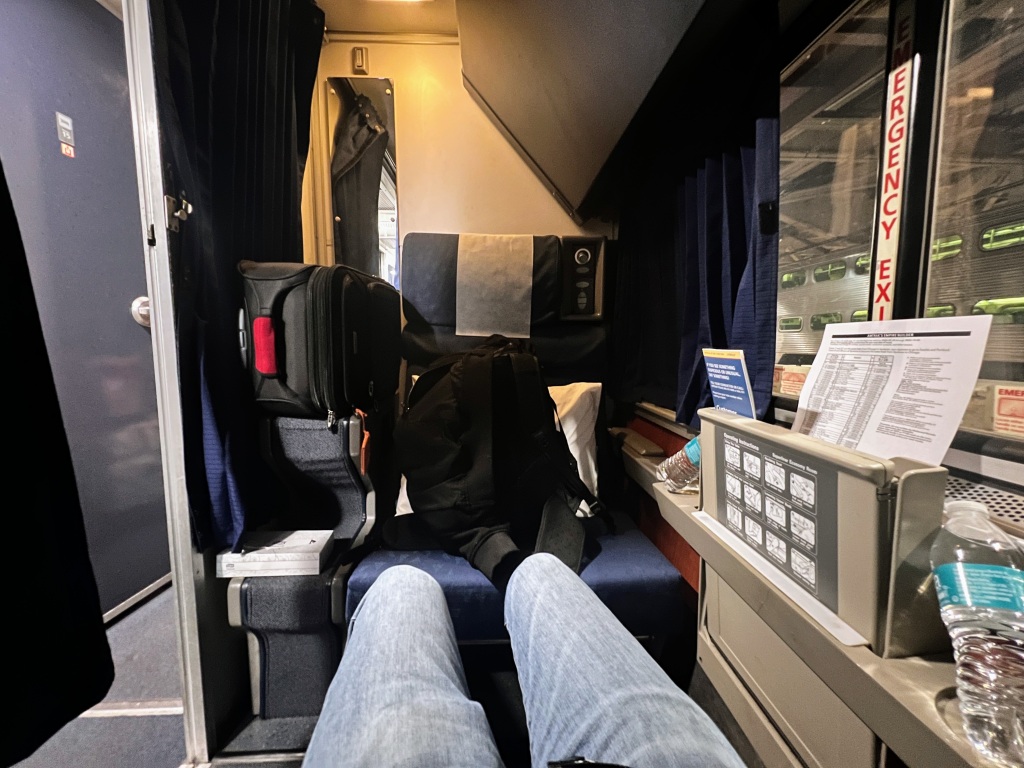
The room was smaller than I was expecting – I knew it would be small, but I think I overestimated how big 23sqft is. Regardless, I found it quite entertaining to find all of the hidden features of the tiny roomette. It was well outfitted, with two large, cushioned seats positioned facing each other. The room featured a small closet with hand towels and clothes hangers, multiple reading and overhead lights, a trash can, and a single outlet for charging devices. There was also a temperature control dial, but it didn’t seem to actually impact the temperature of the cabin – which was quite hot for the duration of the journey. An upper berth folds down from the ceiling and was stocked with two sets of bedding: mattress pads, top and bottom sheets, and Amtrak branded blankets. Also in the room was two bottles of water, a schedule, and a safety card.
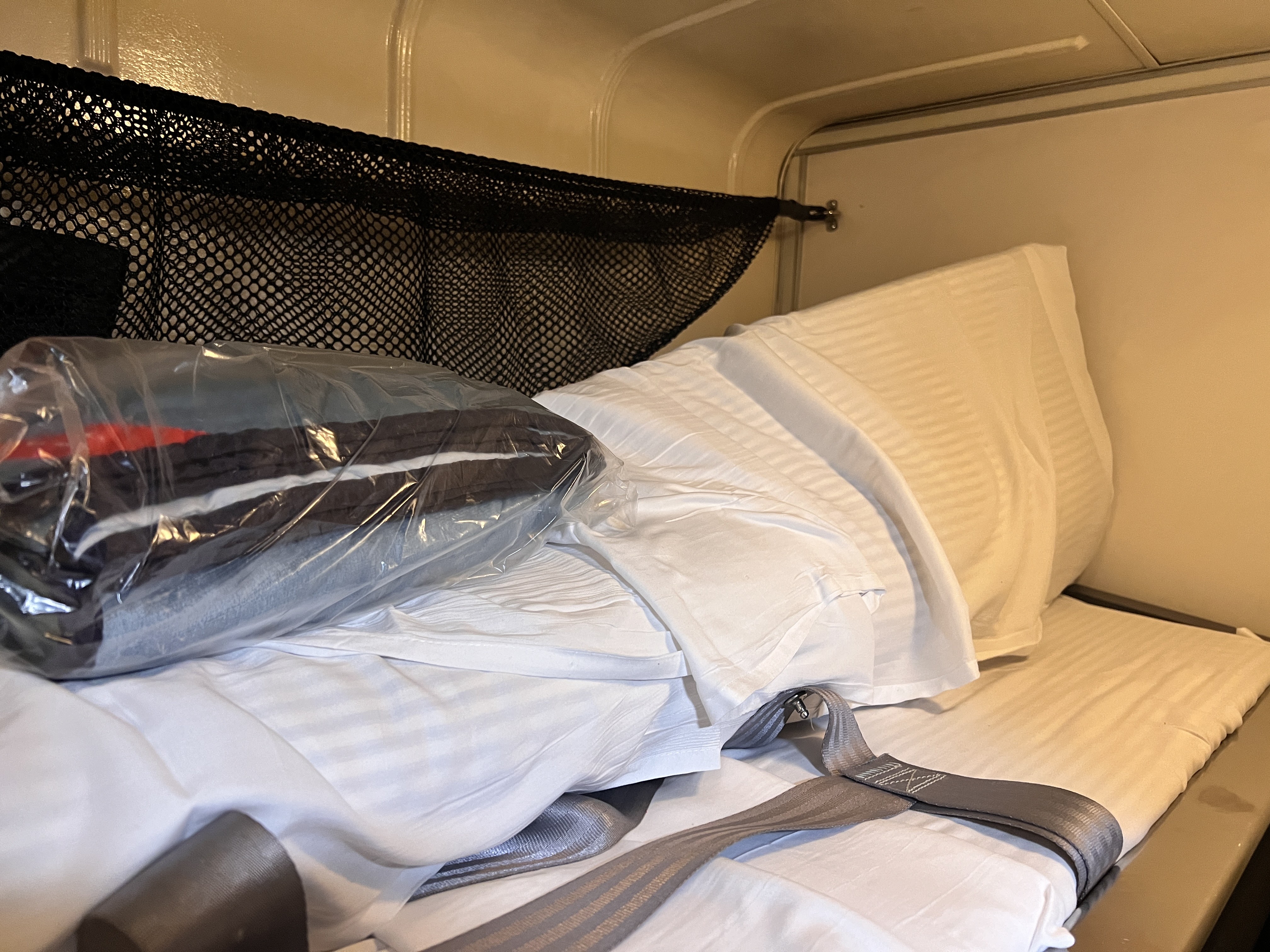
Onboard Experience
As we winded out of Chicago, passing Metra commuter rail trains, both the sleeping car attendant and conductor made their standard announcements regarding the journey, safety information, dining car hours, etc. Soon thereafter, a conductor knocked on my door to ask when I would like to eat dinner. Meals are included in all sleeping car accommodations: breakfast and lunch are first come, first served, whereas dinner seatings must be reserved. Reservation times were 5:00, 5:45, 6:45, or 7:30pm – I selected 5:45.
When my meal time was announced, I made my way back three cars to the dining car. Seating in the dining car is communal, so if you are a party of fewer than four, you will be matched with other passengers to maximize space. Luckily, Amtrak passengers tend to be quite friendly. In-room dining, offered on some Amtrak routes, is not available on the Empire Builder unless you have a disability preventing you from accessing the dining car.
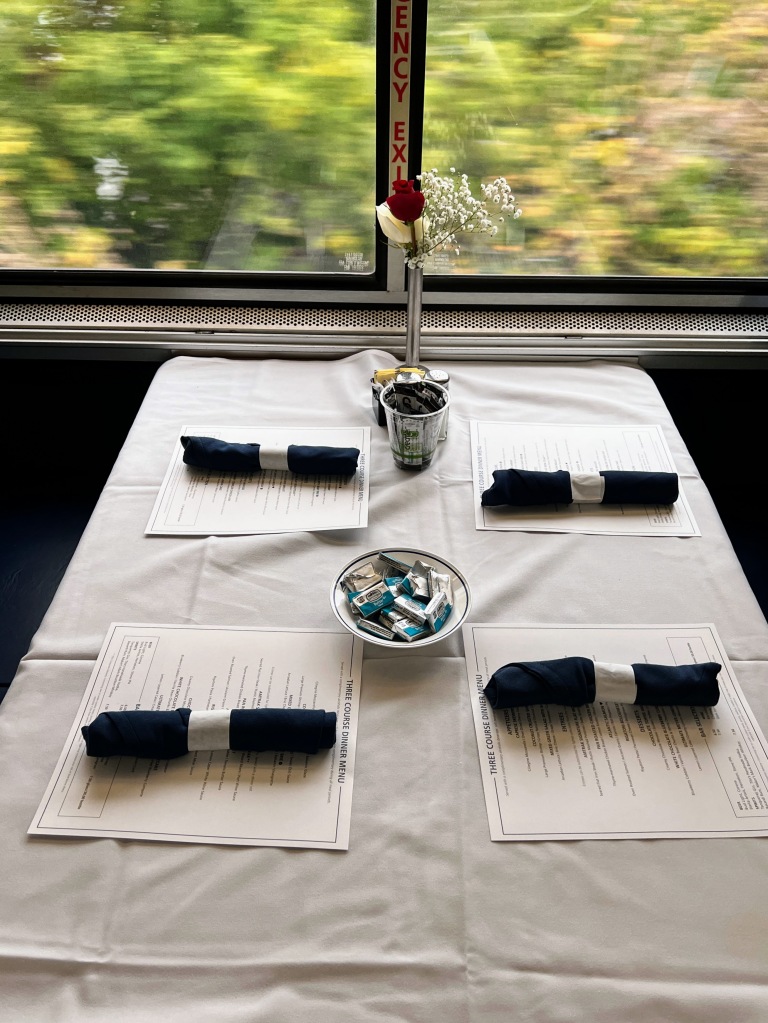
Honestly, I was blown away by the quality and quantity of the food on board. The baby brie salad was basic, but tasty, and the bread rolls were warm and soft.
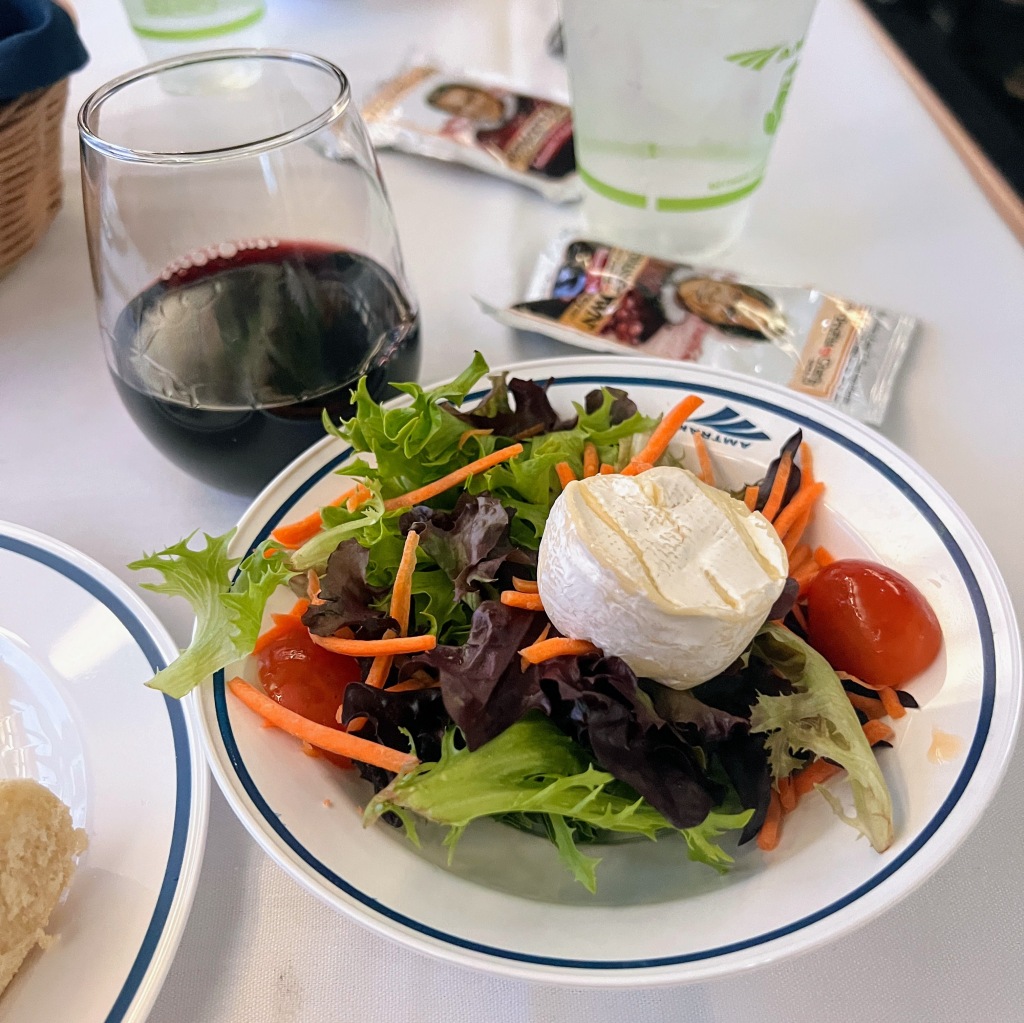
The flat-iron steak, which had been recommended to me countless times, was great. It was tender and extremely flavorful, though cooked more rare than my requested medium-rare. The mashed potatoes were good; the mushy vegetables were not.
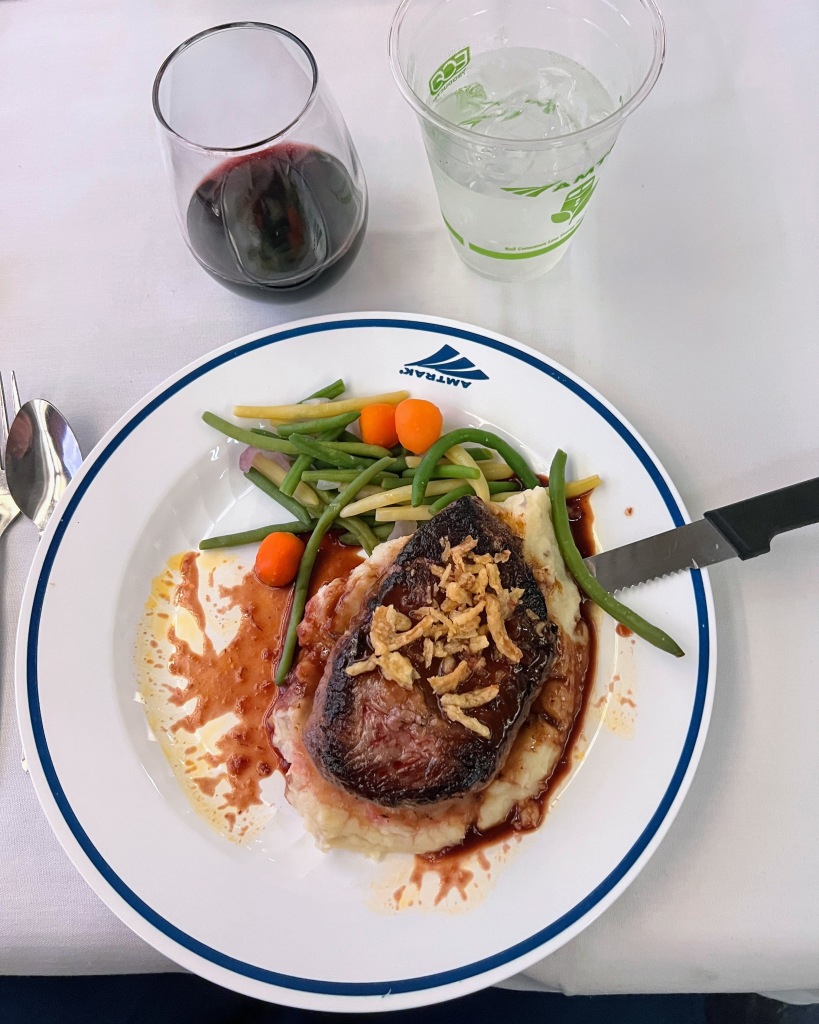
Though I was stuffed, I dug into the blueberry cheescake – for review purposes only, of course…

Suffice to say I was full and ready for a nap.
Amtrak advertises turndown service, where they will make and un-make your bed for you. Often this is done while you are enjoying dinner in the dining car, though my bed was not made when I returned. I assume this is because I would be getting off this evening, rather than staying on board overnight. However, I think it’s fair to assume that if someone books a sleeper car, regardless of duration, they are expecting to lie down at some point.
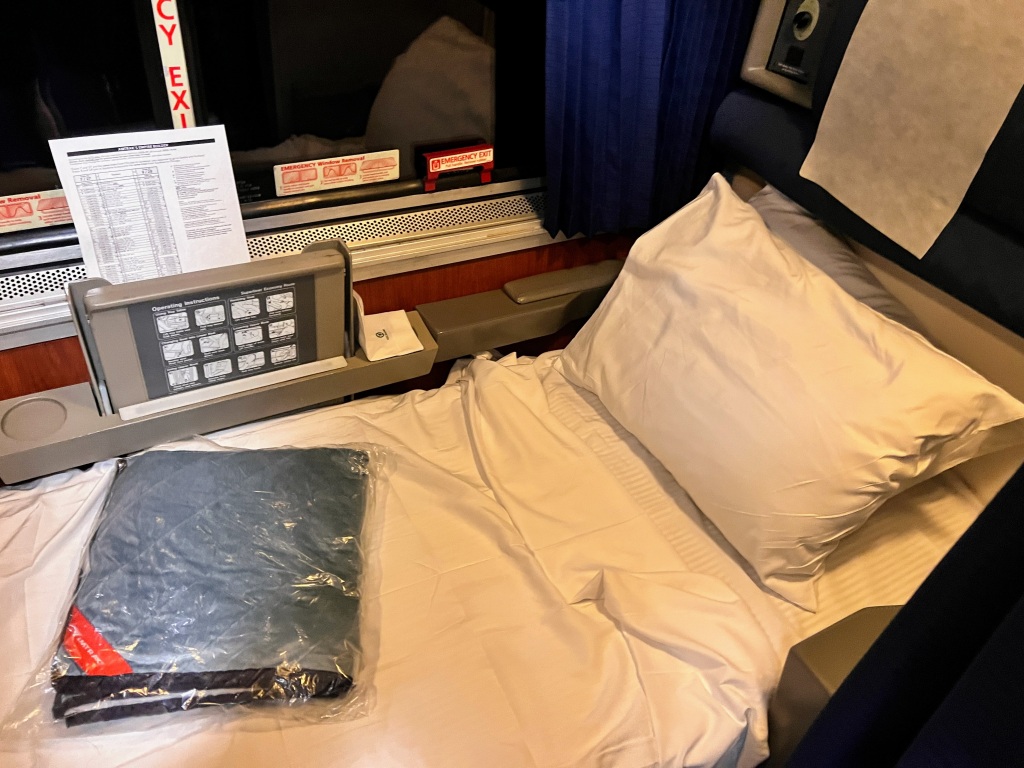
I asked my sleeping car attendant to make up my bed, to which she replied, “aren’t you getting off in St. Paul?” Yes, but we still had four hours to go, and I wanted to take a nap. I took some time to change into more comfortable clothes and walk the length of the train, though when I returned, my bed was still not made. At this point, I figured I would do it myself. This is easier said than done. The pictogram instructions are confusing, and despite my best effort, I couldn’t figure it out. I had to, once again, find the attendant and ask for my bed to be made.

As I found out later, it seems like part of the attendant’s reluctance to make my bed was that another passenger would be taking my room in St. Paul, leaving just 12 minutes to completely turn over the room and replace the linens. Fair enough, though this seems like more of a logistics issue on Amtrak’s side than any wrongdoing on mine.
After a failed attempt at a nap and a few Netflix shows, we were pulling into St. Paul Union Depot, exactly on-time at 10:56pm.
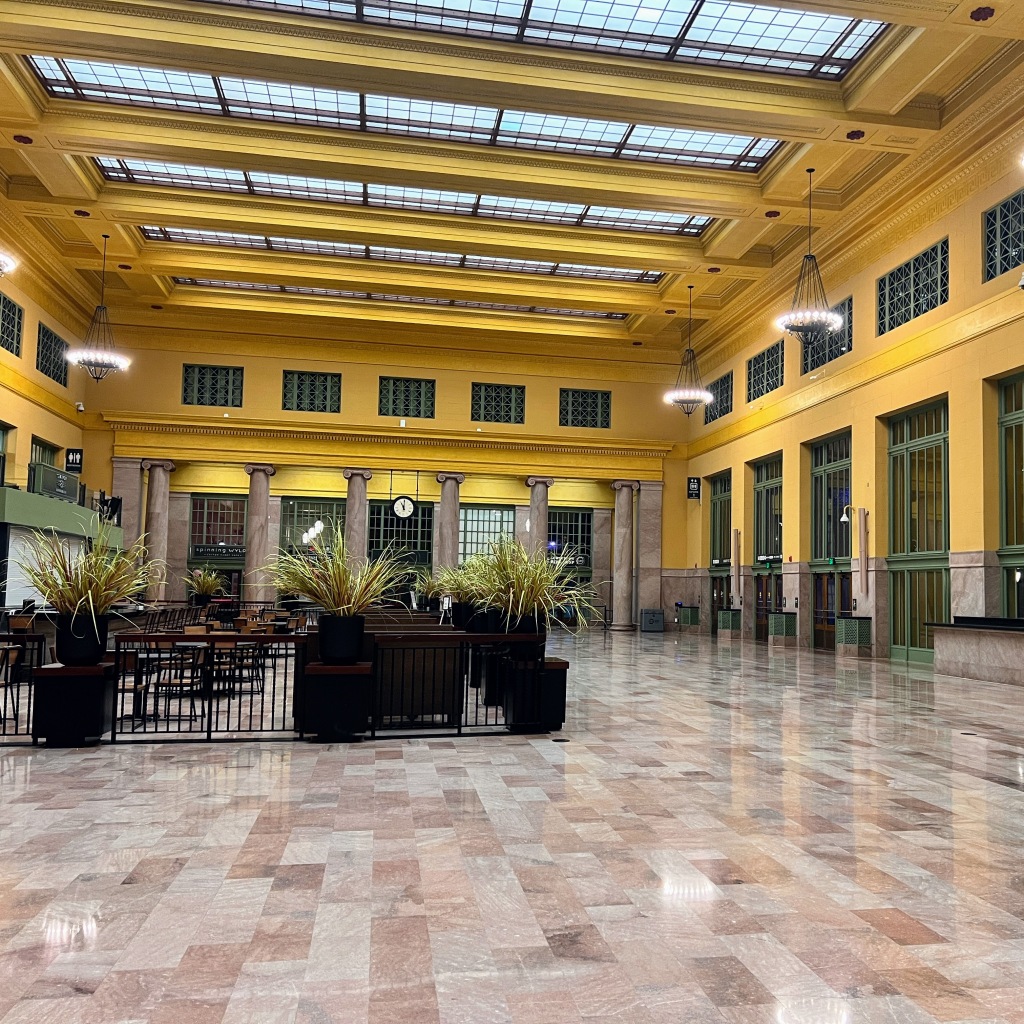
Is it overkill? Is it worth it?
I could have kept my coach seat for less than half the cost of a sleeper, but I think the upgrade was 100% worth it. For an incremental $135, I got lounge access, a delicious, multi-course sit-down dinner, and a private, quiet room with clean, comfortable bedding. While I wouldn’t choose this option every time I travel, it was a fun and exciting way to break up an otherwise ordinary commute. Though I would have gotten more value out of a trip that allowed me to get a full night’s sleep, the core benefits – food, comfort, and privacy – remain regardless of the time of day.
Justin Reiling Editor-in-Chief
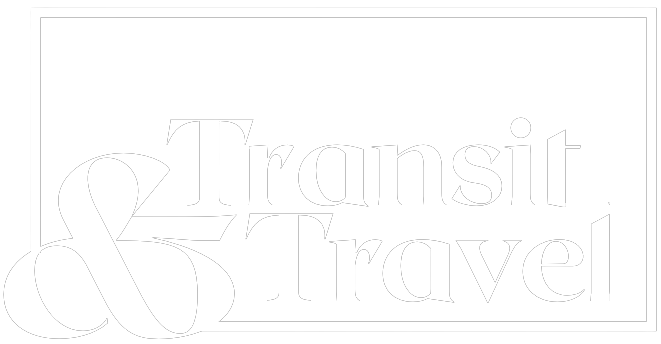
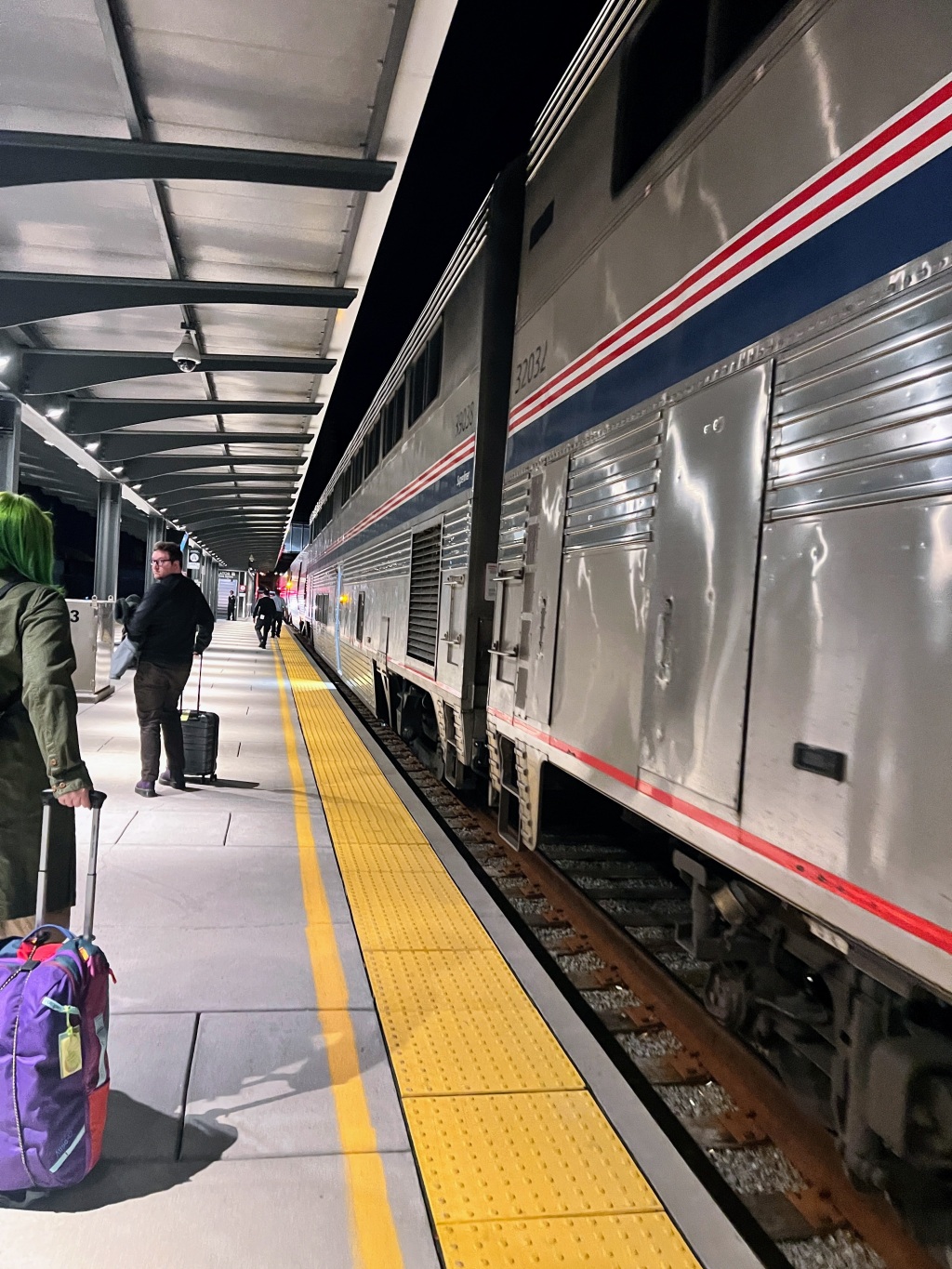

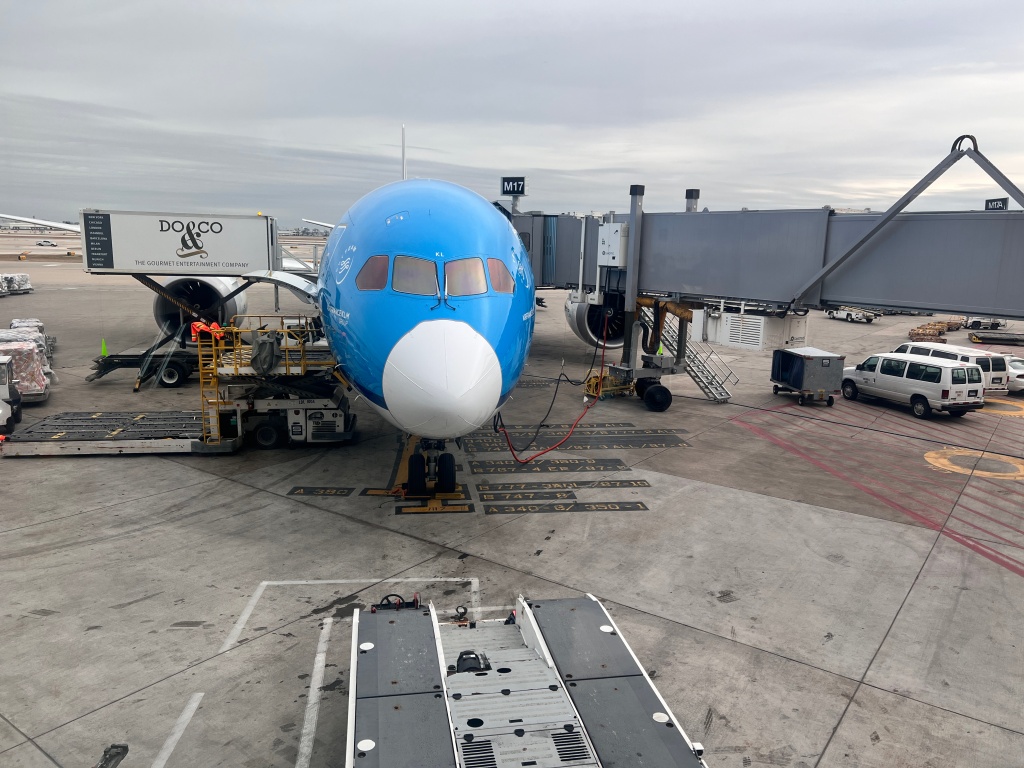

Leave a comment